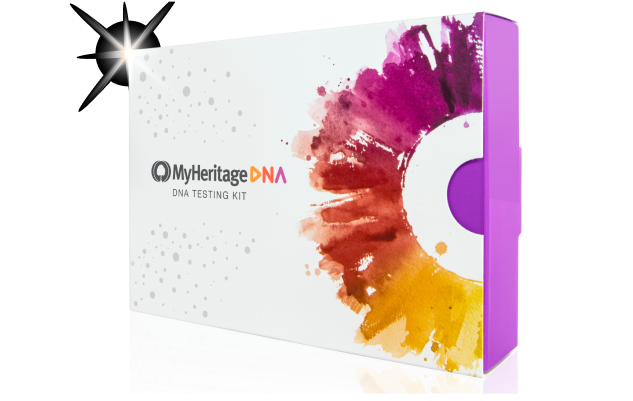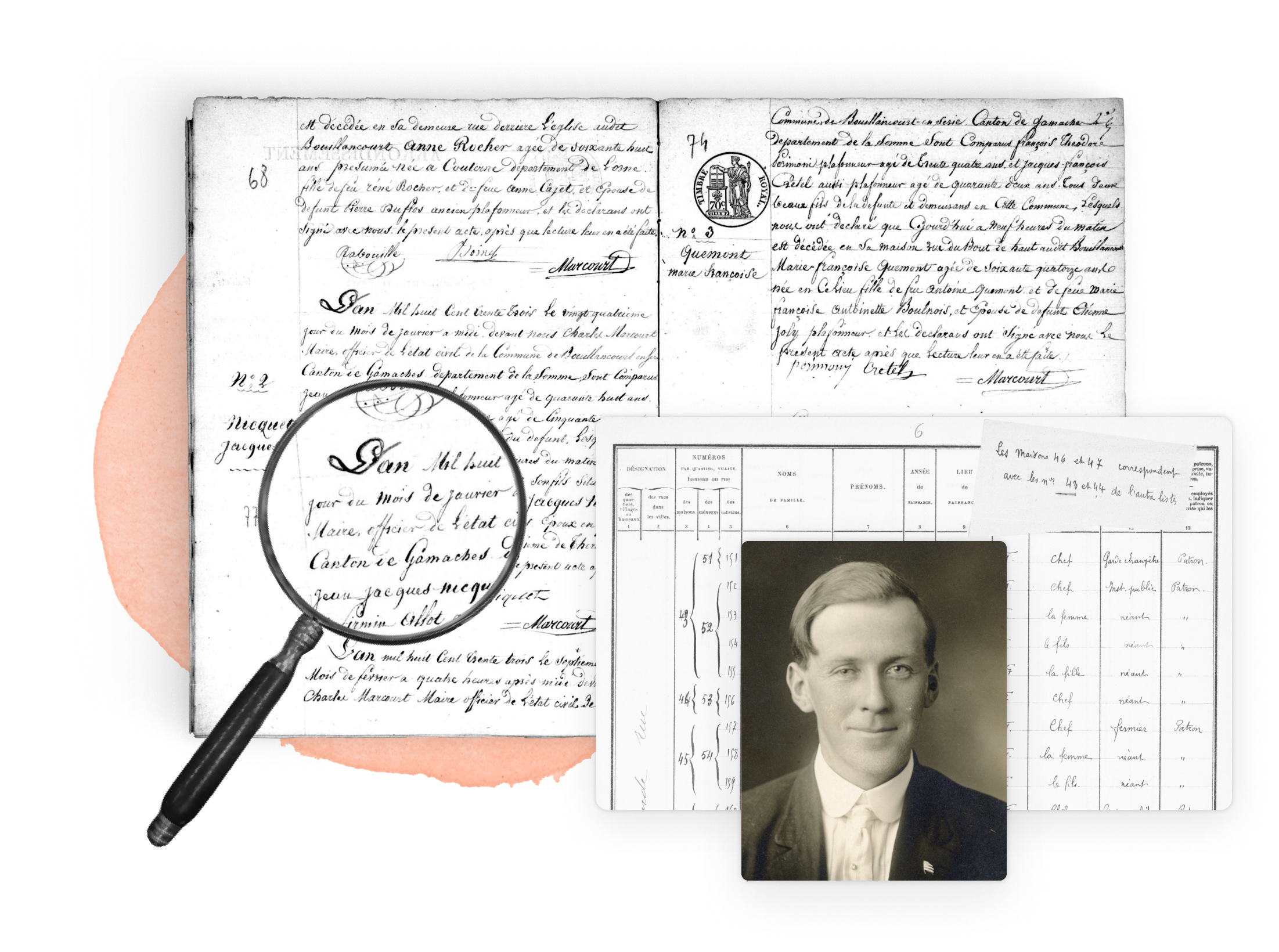In 1640, the gymnasium in Turku was transformed into the Royal Academy of Turku. The gymnasium's collection of approximately 20 volumes formed the foundation of the Turku Academy Library. A royal decree obligated all printing houses in the Kingdom of Sweden to provide a copy of each of their printed works to every university in the country. In the Kingdom of Sweden, the right to receive legal deposit copies was granted to the following libraries: the Royal Library, the university libraries of Uppsala, Lund, and Turku, as well as the library of the University of Tartu. From 1809 onwards, Finland became an autonomous Grand Duchy under the Russian Empire, and during the years 1820–1917, the university received publications printed in Russia as legal deposit copies. These legal deposit rights ensured that Finnish newspapers have been exceptionally well-preserved.
Research your ancestors on MyHeritage
History of newspaper records in Finland

The history of the Finnish press began in 1771, when the Aurora Society started publishing Finland's first newspaper, *Åbo Tidningar* (1771–1861).[1] The first entirely Finnish-language newspaper was *Tietosanomat* (1776), edited by Reverend A. Lizelius, though it ceased publication in the same year. For a long time, *Åbo Tidningar* remained the only newspaper published in Finland. In 1809, the paper’s name was changed to *Åbo Allmänna Tidningar*, when it became an official newspaper that was allowed to publish foreign news as well. Previously, *Åbo Tidningar* had not featured any foreign news, as political and governmental (including foreign) news could only be published by *Stockholms Post-Tidningar*, which held the status of an official newspaper in Stockholm.
A new era in Finnish press history began in the late 1820s, when the press expanded both in circulation and in number. By 1860, the total circulation of newspapers had increased tenfold (12,600), and there were 29 newspapers in the country. Initially, newspaper publishing volume was low because there had not yet been a systematic focus on improving literacy, and printing a newspaper required a printing press in the city, the establishment of which was expensive and strictly regulated. Before the joint-stock company law of 1864, founding a newspaper was only possible if there was a printing press in the city. Subscribing to a newspaper also required money. However, as the population became more prosperous, more people began to subscribe to newspapers, which generated part of their income from subscriptions. Another portion of income came from advertising revenue, which for a long time served as the main source of income. However, relying on advertising revenue led to the commercialization of most newspapers, which in part resulted in content simplification. Up to half of the columns in newspapers from the early 1900s could be covered with advertisements. Nevertheless, societal changes explained more of the press’s growth than money: first, society became more politicized, with the language question becoming a central issue in the 1863 Parliament; elementary schools were established to improve general literacy, and by 1910, there were nearly 3,000 schools with 135,000 students; Finland’s population grew, and by 1880 it had exceeded two million, with about 65% of the population literate by 1910; journalism became more professionalized, and editorial work diversified. Furthermore, new technical inventions such as the steam engine and electricity greatly accelerated postal services. Additionally, the telegraph and telephone, which enabled news dispatches and telephone reports, made news more up-to-date.
For a long time, newspapers listed individuals by their full names, and reporting could be very detailed. This makes information retrieval easier, as individuals can be found easily. For genealogists, death notices, engagement and marriage announcements, and real estate transaction details are particularly important.
Newspaper records at the National Library of Finland
The newspaper collection of the National Library of Finland preserves Finnish newspapers published from the late 1700s to the present, received as legal deposit copies. The collection forms an almost unbroken series of the history of the Finnish press, from the earliest newspapers, *Tidningar utgifne Af et Sällskap i Åbo* and the Finnish-language *Tieto-Sanomat*, to modern newspapers such as *Hufvudstadsbladet* and *Helsingin Sanomat*. The collection includes national, regional, local, and city newspapers. In addition to daily and general newspapers, the National Collection also preserves various special interest and free distribution newspapers.

The National Library has digitized all newspapers published in Finland between 1771 and 1939, and they are freely available through the digi.kansalliskirjasto.fi service. More recent newspapers are available digitally in all six legal deposit libraries in Finland. Some individual newspapers are available in digital form up to 1951. Nearly all of the newspapers are in Finnish or Swedish, although a small number of newspapers in German, Russian, and even French have been published in Finland.
Searches can be conducted on the digitized newspapers and periodicals mentioned above. You can enter search terms in the search field. However, the coverage and accuracy of the search are not perfect, as the text content has been read programmatically and contains varying amounts of recognition errors depending on the condition of the original material. You can refine your search by title, time, or place of publication. If you want to search for a specific name or phrase, place the search terms in quotation marks (“first name surname”). You can also narrow the search by the language of the publication.
Additionally, note the following options:
- Require all search terms: All entered words must appear in the search results. Disable this if you are using search operators.
- Fuzzy search: The search returns words similar to the given word to better match text containing recognition errors (OCR).
You can copy all visible text in a newspaper as plain text for your use. However, the quality of the text depends on the condition of the digitized newspaper and the number of recognition errors. If you wish, you can log in to the National Library service, for example, with your Gmail address. This allows you to make digital clippings from the newspaper. A user's own clippings are stored in the “Scrapbook” after logging in. In addition, all clippings made by users are visible to others via the “Clippings” link, but no one can identify who made each individual clipping.
The National Library has also created so-called collections. The most important ones for genealogists are address directories and Translocalis, which contains local letters. Through address directories, I can determine the exact addresses of individuals living in major cities. The first address directories were created in Helsinki in 1859. Addresses can be traced up until 1939. Translocalis is a digital database containing readers’ letters from various localities published in Finnish newspapers by 1885. The database holds 72,000 readers’ letters from Finland and abroad. Initially, the Finnish-language press developed on a national level, and only in the late 19th century did regional and local publications begin to emerge. Local letters became a phenomenon in the Finnish-language press, growing into a local letter culture by the mid-19th century. This culture was a significant part of the development of an early civil society in Finland.
See also
Explore more about Newspaper records in Finland
- Nordic Newspapers from OldNews.com™ record collection on MyHeritage, which contains 11,562,534 pages in 627 newspaper titles from the Nordic nations and territories of Sweden, Denmark, Norway, Iceland Greenland, Finland and the Faroe Islands
- Research Finns – Finnish not required; Internet is! webinar at Legacy Family Tree Webinars
References
- ↑ Newspapers Published by a Society in Turku. Library of Congress


